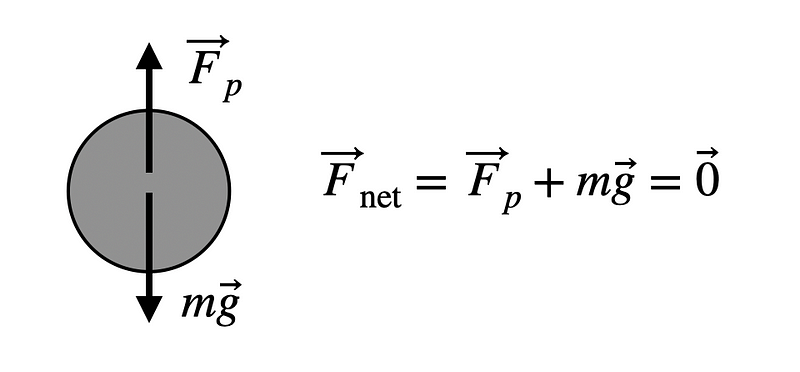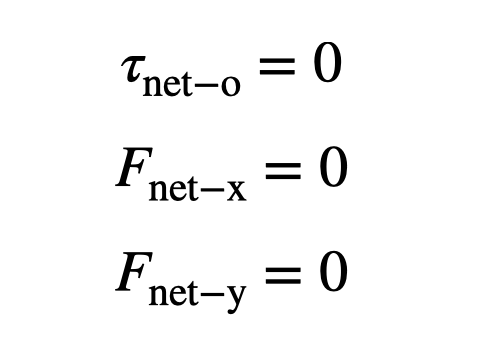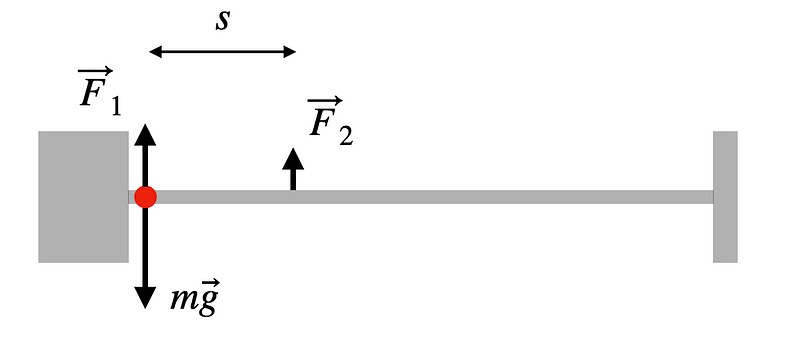Mastering Physics: How to Lift an Off-Balance Barbell with Ease
Written on
Understanding the Physics Behind Lifting
Have you ever encountered a fascinating physics trick on social media platforms like TikTok or Instagram? The premise involves a barbell where one side is heavily weighted while the other side holds only a small plate. When someone attempts to lift it, they find it impossible as the barbell tips over. This quirky scenario is not only entertaining but also serves as an excellent illustration of physical principles.
In this article, we will explore two main questions: why lifting this barbell is so challenging and how it can be done using a clever physics trick.
Rigid Body Equilibrium Explained
To grasp the concept, let's delve into some physics fundamentals—specifically, rigid body equilibrium, which might even show up on a future exam! Imagine holding a mass of 10 kg (perhaps one weight plate). While at rest, the net force acting on it must equate to zero, essentially forming a zero vector.

This vector equation can be simplified into two scalar equations, one for the vertical (y) direction and another for the horizontal (x) direction. However, when lifting a barbell, it's crucial to recognize that both the net force and the net torque must equal zero to maintain stability.
What exactly is torque? I like to think of it as a rotational force. If you've ever opened a door or used a wrench, you already have an instinctual understanding of torque. For instance, pushing a door near its hinges is significantly harder than pushing it from the edge. Similarly, using a longer wrench handle makes it easier to loosen a stubborn nut. Thus, you are engaging with physics even if you weren't aware of it!
Torque (represented by the Greek letter τ) is influenced by three factors: the applied force (F), the distance from the force to the point of rotation (known as the torque arm, r), and the angle between the force and the arm (θ).

It's worth noting that torque is more complex than this simplified model, as it is a three-dimensional vector. Nonetheless, this basic understanding will suffice for now. There are two key considerations when calculating torque: first, you must choose a reference point for the torque calculation and stick with it. Second, torque can be either positive or negative, with counterclockwise rotation classified as positive.
To maintain equilibrium, the following three conditions must hold true:

These principles apply strictly to rigid bodies; they do not extend to flexible objects like a barbell made from gelatin.
The Mechanics of Lifting an Off-Balance Barbell
Now, let's put this knowledge to the test by lifting the off-balance barbell. As ordinary humans, we will use both hands to accomplish this task, which is the typical method. Below is a force diagram illustrating the situation.

In this scenario, we can identify three forces acting on the barbell. The two forces applied by our hands are labeled F₁ and F₂. Notice that F₁ is positioned at the center of mass while F₂ is slightly shifted towards the center.
What about the gravitational force? All components of the barbell (including weights) exert a gravitational force towards the Earth. Rather than calculating individual forces for each part, we can simplify this by representing all gravitational forces as a single force acting at a point known as the center of mass (or center of gravity, which coincides in this instance). The gravitational force at this point generates the same torque as if multiple gravitational forces were acting on various sections of the barbell.
Now, let's apply our three equations to find some insights. The equation for net forces in the x-direction yields no information, while in the y-direction, we derive the following:

This equation indicates that the sum of forces from our hands must equal the gravitational force acting on the barbell. Now, to calculate the net torque, we must select a reference point. Let's choose the center of mass as our pivot point.

Here, both the hand force (F₁) and the gravitational force act at the pivot point, producing zero torque. However, F₂ exerts a force at a distance s from the pivot. Therefore, any upward force applied by hand 2 will create a net torque, making it impossible to maintain stability.
Consequently, if a net torque exists on the barbell, it will begin to rotate. As the barbell tips, your primary hand must not only lift but also pull along the barbell's shaft. This requires an exceptionally strong grip, which human hands are not designed for.
The trick becomes clear: if you place one hand at the center of mass, no additional torque is generated from F₂ since it's absent. With no torque acting on the barbell, it remains stable.
Here’s the original video showcasing this trick.
In summary, this is a delightful trick rooted in the principles of physics.